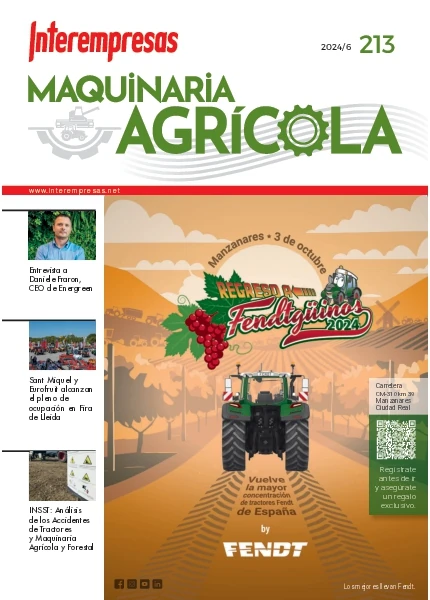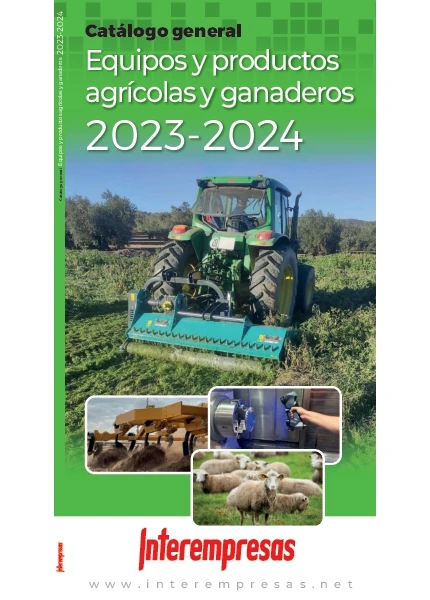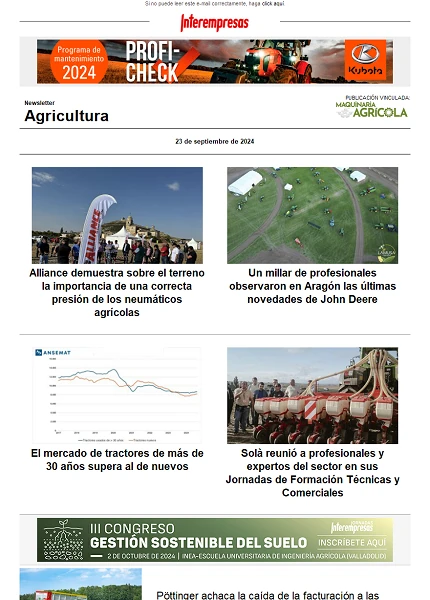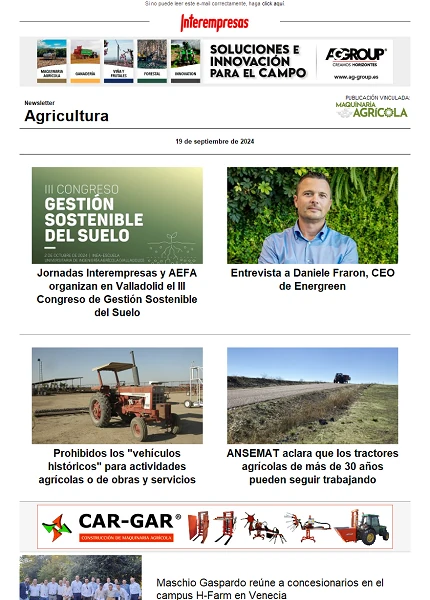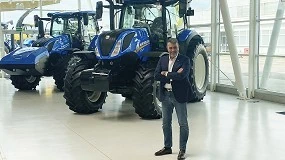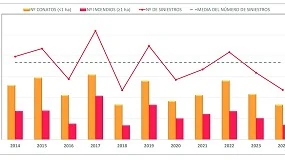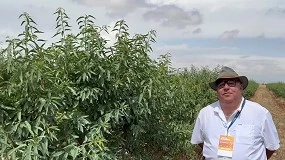Formación para la prevención de la deriva: factor clave para la mejora de las aplicaciones de fitosanitarios
El proyecto Topps-Prowadis se centra en la deriva y en la escorrentía como principales fuentes difusas de contaminación. La Guía de Buenas Prácticas Fitosanitarias para la reducción de la deriva elaborada en el seno del proceso, junto con el desarrollo de herramientas para la evaluación del riesgo de deriva, deben complementarse con adecuadas acciones de formación que garanticen una difusión completa de las medidas adoptadas.
La estructura del proceso de formación se basa en la formación de una red donde el núcleo central incluye técnicos de las administraciones locales y de los servicios de protección de vegetales, asesores de diversas compañías e institutos de investigación. Cursos teórico prácticos de 1 ó 2 días de duración se han organizado en diferentes áreas de todos los estados miembros participantes en el proyecto. La primera parte de los cursos se centra en aspectos legales y en la situación oficial de cada país en relación al uso de fitosanitarios, el problema de la deriva y su relación con la contaminación del agua. Posteriormente la actividad se centra en la presentación de la Guía de Buenas Prácticas para la reducción de la deriva.
Estas se centran en dos aspectos fundamentales:un adecuado comportamiento del usuario y la selección apropiada y los ajustes necesarios del equipo de aplicación. La segunda parte de los cursos de formación se centra en la demostración práctica de los beneficios de las diferentes herramientas desarrolladas. El software EOS (Environmentally Optimized Sprayer) permite a los usuarios evaluar las diferentes tecnologías de aplicación en función del riesgo potencial de contaminación. También el software Drift Evaluation Tool (barras y atomizadores) se presenta y utiliza durante el curso. Esta herramienta está pensada para incentivar al usuario en la toma de medidas para la reducción de la deriva. Las actividades de formación incluyen también demostraciones prácticas en las que los participantes pueden comprobar de forma directa el efecto de las medidas propuestas: como utilizar o seleccionar las boquillas de baja deriva, como afecta el caudal de aire del ventilador en la deriva, como dimensionar las bandas de seguridad dependiendo de la tecnología, el interés de la utilización del papel hidrosensible…
Finalmente, los cursos de formación incluyen la presentación y entrega de material formativo para asesores, con objeto de complementar la acción en tela de araña en cuanto a formación. Topps Prowadis ha generado una amplia colección de material didáctico en diferentes idiomas oficiales de la UE, material que estará disponible en la página oficial del proyecto.
Introducción
El uso de producto fitosanitarios en Europa y su relación con la contaminación de aguas ha suscitado en los últimos años importantes cambios en el panorama legislativo. La actual legislación abarca desde la preservación de la calidad de las aguas (Directiva Marco de Aguas 2000/60/CE), hasta la autorización de materias activas y la elaboración del registro único (Reglamento CE 1107/2009 relativa a la comercialización de fitosanitarios que deroga la Directiva 91/414/CEE), pasando por la Directiva 2009/128/CE sobre Uso Sostenible de Plaguicidas, que por primera vez incorpora aspectos normativos relacionados con la fase de utilización y aplicación (Bjustad, 1998; Gil and Gracia, 2004) de los productos (inspección obligatoria de equipos de aplicación en uso, formación de profesionales, etc.). Además, incluye explícitamente la formación como un punto clave para un uso más sostenible de los fitosanitarios.
En este contexto, la European Crop Protection Association (Ecpa) inició en 2005 un ambicioso plan de trabajo en el que participan o han participado la mayor parte de los países de la UE. Bajo el acrónimo de Topps (Train the Operators to Promote best Practices and Sustainability), los distintos países implicados trabajaron en la promoción y difusión de lo que se conoce como Buenas Prácticas Fitosanitarias, manteniendo como principio básico y objetivo principal la formación del usuario. Así, tras la primera parte del proyecto en la que el eje principal fue la reducción de la contaminación de aguas por fuentes puntuales de contaminación (y en la que se ha trabajado en aspectos como el transporte y almacenamiento de los productos fitosanitarios, las operaciones como mezcla e incorporación de los productos en el tanque, etc.), la segunda parte, iniciada en 2011, se centra en fuentes difusas de contaminación, básicamente deriva y escorrentía. Se trata en este caso del proyecto Topps–Prowadis (Protection Water from Diffuse Sources).
De forma análoga al proceso realizado en la primera parte del proyecto, en el marco del Topps–Prowadis, los países participantes han elaborado una serie de herramientas que permiten al usuario conocer los efectos negativos de la deriva y la escorrentía, a la vez que proponen acciones encaminadas a su reducción, con el consiguiente beneficio técnico, económico y medioambiental. De entre el material elaborado cabe destacar la Guía de Buenas Prácticas Fitosanitarias, una recopilación de medidas más o menos conocidas que mejoran sustancialmente la calidad de las aplicaciones. Este trabajo se centra en la descripción y ejemplos prácticos de algunas de las buenas prácticas y propuestas para la reducción de la deriva, fundamentalmente centradas en las aplicaciones de fitosanitarios en cultivos como los frutales y la viña (Gil et al, 2013).
Definición de Buenas Prácticas Fitosanitarias y demostración práctica
La identificación, definición, explicación y puesta en práctica de todas esas medidas para la reducción de la deriva son los elementos que conforman la Guía de Buenas Prácticas Fitosanitarias (Best Management Practices – BMP) que se han desarrollado en el marco del proyecto Topps-Prowadis. La guía consta de una serie de recomendaciones clasificadas en tres grandes grupos: recomendaciones generales (29), recomendaciones específicas para pulverización en cultivos bajos (3) y recomendaciones específicas para tratamientos en frutales y viña (10). Se incluyen además 15 medidas adicionales que contemplan soluciones o propuestas avanzadas para la reducción de la deriva teniendo en cuenta los últimos avances de la tecnología de aplicación de fitosanitarios.
La Figura 1 muestra el documento genérico elaborado y distribuido en toda la UE que recoge las medidas propuestas para la reducción de la deriva. Las propuestas, clasificadas en siete grandes grupos correspondientes a factores medioambientales, factores climáticos, generación de la pulverización, ajustes y calibración del equipo, tipología del equipo de aplicación y parámetros durante la aplicación, se han clasificado en tres grandes categorías: buenas prácticas que se deben implementar, acciones altamente recomendables y consejos a implementar de acuerdo con las condiciones y la legislación local.
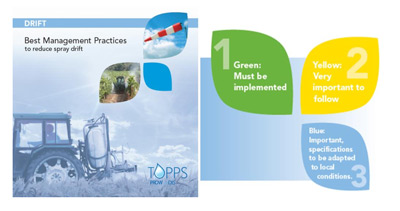
Figura 1. Guía de Buenas Prácticas Fitosanitarias para reducir la deriva. Documento base sobre el que se apoyan las acciones formativas programadas en el proyecto.
Entre las recomendaciones que se proponen en la guía de buenas prácticas para la reducción de la deriva, los aspectos relacionados con la gestión del aire del ventilador, y su adecuación a las características de la vegetación, y la utilización de boquillas anti deriva, son dos de los elementos claves que se desarrollan durante el proceso de demostración (Gil et al., 2013).
Ajuste del aire: factor clave para reducir la deriva
La guía de buenas prácticas recomienda “utilizar pulverizadores con sistemas de ajuste de la velocidad del flujo de aire”. Y, además, la velocidad del flujo de aire debe ser cuidadosamente ajustada de acuerdo con el tamaño y la geometría del cultivo, así como de la fenología del mismo, para evitar que el producto pulverizado rebote sobre el objetivo y por lo tanto, provoque deriva. Esto se puede conseguir mediante:
- Una adecuada orientación de los álabes del ventilador
- Un ajuste de la velocidad de rotación (RPM) del ventilador mediante una adecuada selección de la velocidad en la caja de cambios
- Una adecuada selección del régimen de giro del motor, y en consecuencia, del régimen de giro de la toma de fuerza (TDF).
La velocidad del flujo de aire debe ajustarse y correlacionarse con la velocidad de avance, de modo que se consiga un desplazamiento completo del aire dentro de la copa, empujando hacia ella el volumen equivalente de aire cargado de gotas pulverizadas. Esto se logra consiguiendo una penetración completa de la pulverización en la vegetación, sin que se observe pulverización al otro lado de la hilera del cultivo. La Figura 2 muestra los resultados obtenidos en diferentes pruebas de campo utilizando dos equipos distintos, un atomizador convencional y un equipo específico para tratamientos en viña, Iris-2 de Ilemo-Hardi. La curva de deposición de producto al otro lado de la hilera de vegetación, es decir, la cantidad de fitosanitario que excede la zona objetivo y por tanto genera pérdidas por deriva, es notable. Y la única diferencia en cuanto a regulación entre los dos tipos de máquina fue la del caudal de aire del ventilador.
Ambos equipos fueron regulados para aplicar 300 l/ha a una velocidad de avance de 4,5 hm/h. El caudal de aire del atomizador convencional fue de 35.000 m3/h mientras que el del Iris-2 fue ligeramente superior a 6.000 m3/h. A la vista de los resultados obtenidos es evidente que la tecnología empleada, juntamente con un adecuado proceso de regulación del caudal de aire, influyen directamente en el riesgo de deriva del producto. En este caso, a partir de 3,5 metros, la deposición en el suelo es nula cuando se utiliza el Iris-2, mientras que en el caso del atomizador convencional con un gran caudal de aire, se observan deposiciones a distancias superiores a los 10 metros desde la última hilera de la vegetación.
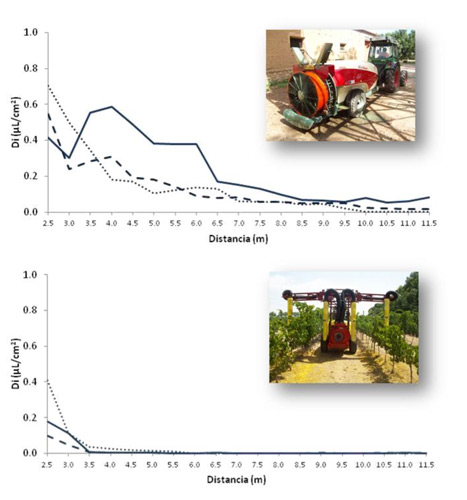
Fomento del uso de boquillas de baja deriva
La utilización de boquillas específicas para la reducción de la deriva es una práctica habitual en tratamientos a cultivos bajos, en aquellas zonas en las que las condiciones ambientales son difíciles. No obstante, la introducción de estas boquillas para su utilización en tratamientos en cultivos frutales o en viña está menos extendida. Una de las recomendaciones de la guía de buenas prácticas fitosanitarias elaborada en el marco del proyecto Prowadis dice: “Utilizar boquillas de inyección de aire en equipos de pulverización de viña y frutales”. Las boquillas de inyección de aire reducen la deriva un 50-90% comparado con las boquillas convencionales. Ambos tipos de boquillas, de abanico plano y de cono hueco, producen gotas más grandes por inclusión de burbujas de aire, menos propensas a la deriva.
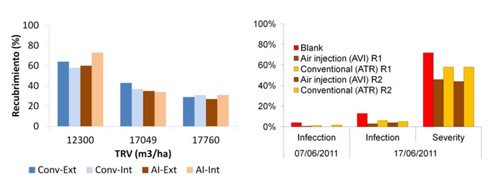
La Figura 3 recoge los resultados de la comparación de boquillas convencionales y boquillas de inyección de aire en aplicaciones en melocotoneros. Los datos demuestran una reducción del riesgo de deriva y un mantenimiento de los niveles de recubrimiento (medido en papel hidrosensible) y un mismo índice en cuanto al nivel de control de la plaga. En el caso de la viña, ensayos realizados demuestran que la utilización de boquillas cónicas de inyección de aire reduce considerablemente la cantidad de producto que excede la vegetación (Figura 4) en comparación con los resultados obtenidos utilizando boquillas cónicas convencionales (Albuz ATR).
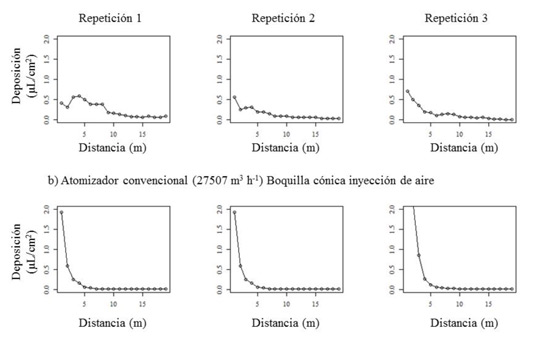
Cuantificación del riesgo de deriva
Una de las herramientas desarrolladas en el seno del proyecto Topps-Prowadis es una aplicación informática que permite cuantificar el riesgo de deriva generado en cada caso particular y los beneficios que comportan la adopción de las diferentes medidas o buenas prácticas recomendadas (Doruchowski et al, 2013). Las dos herramientas (una para pulverizadores hidráulicos y otra para atomizadores) cuantifican el riesgo en función de la posición del equipo respecto a la zona sensible de contaminación (Figura 5) y tienen en cuenta además las condiciones específicas relacionadas con la meteorología, parámetros operativos seleccionados durante la aplicación, presencia de bandas de seguridad u otros sistemas mitigadores de deriva. Con toda la información se genera un índice de riesgo de contaminación que se puede reducir (y cuantificar la reducción obtenida) cuando se aplican algunas de las medidas recomendadas (utilización de boquillas de inyección de aire, ajuste del caudal de aire, adecuación de las salidas a la estructura de la vegetación…). Las herramientas estarán también en breve disponibles en la página web del proyecto, en todos los idiomas oficiales de la UE.
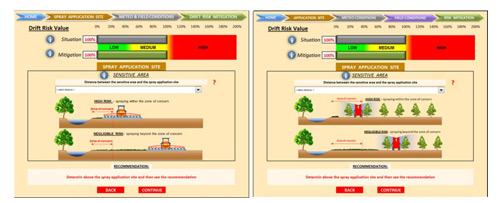
Figura 5. Herramientas informáticas desarrolladas dentro del proyecto Topps-Prowadis, para la cuantificación de los riesgos de deriva.
Agradecimientos
Este trabajo forma parte de las actividades del proyecto Topps-Prowadis, financiado por la European Crop Protection Association (Ecpa).
Bibliografía
- Bjugstad N.(1998). Control of crop sprayers in Norway. International Conference on Agricultural Engineering AgEng-98, Oslo, Norway, 24-27 August 1998, paper nº 98-A-025, pp. 601-602.
- Doruchowski, G.; Balsari, P; Gil, E.; Codis, S.; Marucco, P.; Roettele, M.; Herbst, A.; Pauwelyn, E. (2013). Drift Evaluation Tool to raise awareness about risk of water contamination and drift mitigation measures during orchard spraying. Suprofruit, 2013, Valencia (Spain).
- Gil E. and Gracia F. (2004). Compulsory inspection of sprayers in use: improving efficiency by training and formative aspects. First European Workshop on Standardised Procedure for the Inspection of Sprayers in Europe – SPISE – Braunschweig, Germany, April 27-29, 2004, pp. 114-119.
- Gil, E., Llorens, J., Llop, J., Fàbregas, X., Gallart, M. 2013. Use of a Terrestrial LIDAR Sensor for Drift Detection in Vineyard Spraying. Sensors 2013, 13(1), 516-534.


